Full service support for every brand
Regardless of the brand of your plate heat exchangers, Tranter's expert service teams are on standby to restore your systems to peak efficiency, anywhere in the world your facility may be located.
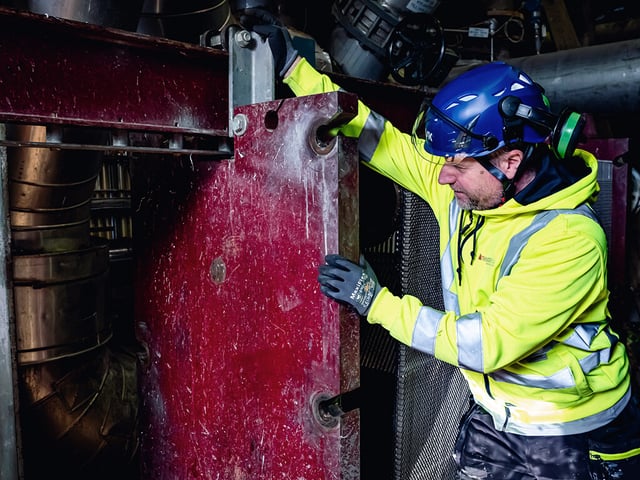

- Efficient and reliable heat transfer for every industry

- The best choice for challenging applications.

- For increased durability and energy efficiency.
BRINGING EFFICIENCY TO HEAT TRANSFER
Regardless of the brand of your plate heat exchangers, Tranter's expert service teams are on standby to restore your systems to peak efficiency, anywhere in the world your facility may be located.

Experience performance at its peak - that's the promise of Tranter, backed by our specialized knowledge in providing heat transfer solutions for every industry.

Tranter proudly holds ISO certification, demonstrating our unwavering commitment to excellence in both design and manufacturing processes.

In simple terms, a heat exchanger lets heat flow between two media without them ever mixing. For example, hot fluid enters and transfers its heat to a colder fluid, which then exits warmer and vice versa.. It’s a small concept with massive industrial impact cooling oil in refineries, heating water in HVAC systems, and managing energy recovery in manufacturing.
We specialize in engineering these systems for demanding environments. But not all heat exchangers are the same. Let’s break down the basics of the three major types of heat exchangers you’ll see in our lineup.
For operations that need flexibility, the Gasketed plate and frame heat exchanger is a great choice. It consists of thin, corrugated metal plates sealed with gaskets and clamped between sturdy frames. The design allows heat transfer between two fluids through alternating channels, transferring heat efficiently across large surface areas.
They’re easy to clean, expand, and reconfigure. You can add more plates if your plant’s production grows or remove a few for maintenance. That’s rare flexibility in an industry often full of rigid systems.
They’re common in food processing, HVAC, and chemical plants: anywhere you need efficient heat transfer with tight temperature control. And since they’re compact, they save space and reduce installation headaches.
Some applications need a balance of strength, efficiency, and accessibility. That’s where the shell and plate heat exchanger fits. It combines the compact plate design with the structural integrity of a shell-and-tube exchanger.
Inside, a pack of welded plates is enclosed within a cylindrical shell. This setup manages high pressures and temperatures, while still allowing easy access for inspection and cleaning.
One of the key advantages here is resilience. These exchangers handle rapid temperature changes without losing performance or integrity. In systems where heat demand fluctuate like turbine condensers or heat recovery loops—this stability prevents costly downtime.
The Welded block heat exchanger is similar in design to the Gasketed plate heat exchanger. Instead of using gaskets, its plates are instead welded together into a single sealed block, creating a leak-resistant and compact unit.
It’s rugged and designed for reliability in conditions where downtime isn’t an option. These are often used in petrochemical processing, gas compression, and offshore platforms. Welded block heat exchanger pack strong performance into a compact design. Since there are no gaskets, you can use them with aggressive fluids or in environments where maintenance access is limited.
Of course, the tradeoff is less flexibility: it’s harder to open one up for cleaning. But for critical processes that can’t risk a leak, welded blocks are the go-to choice.
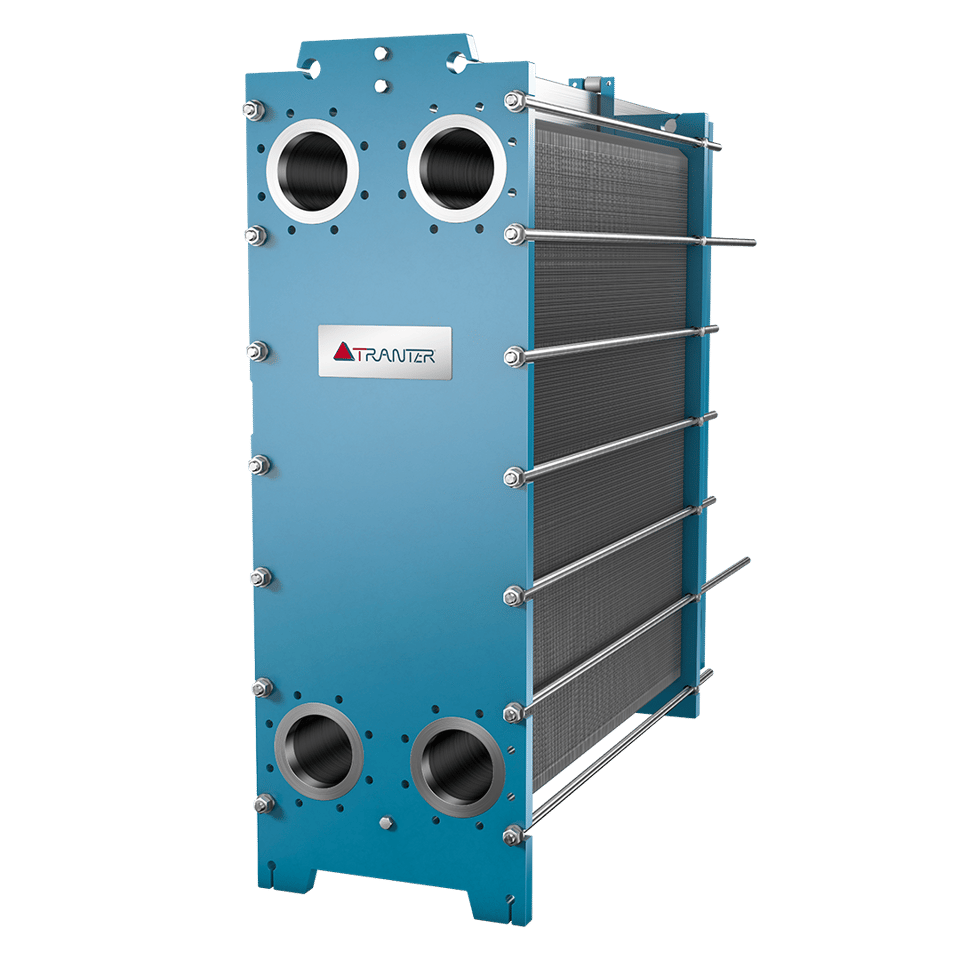
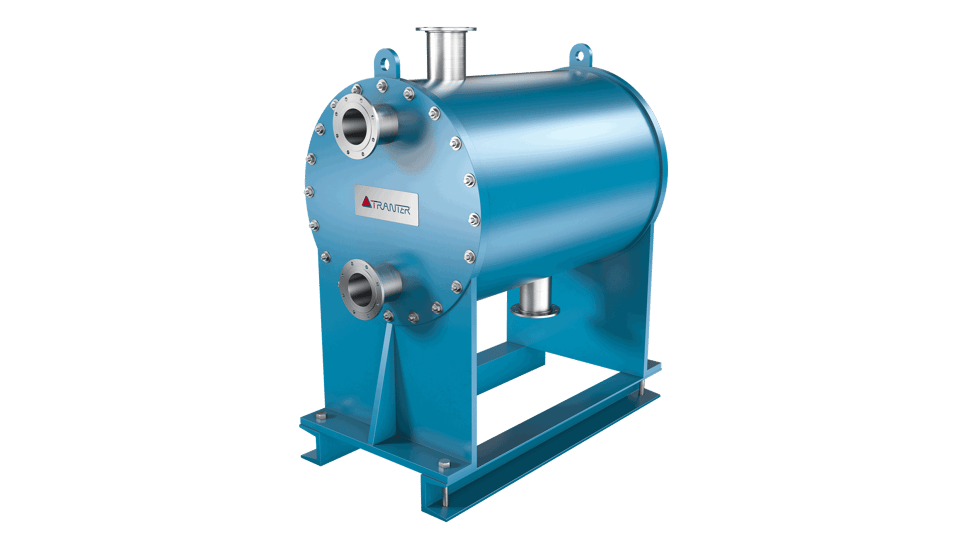
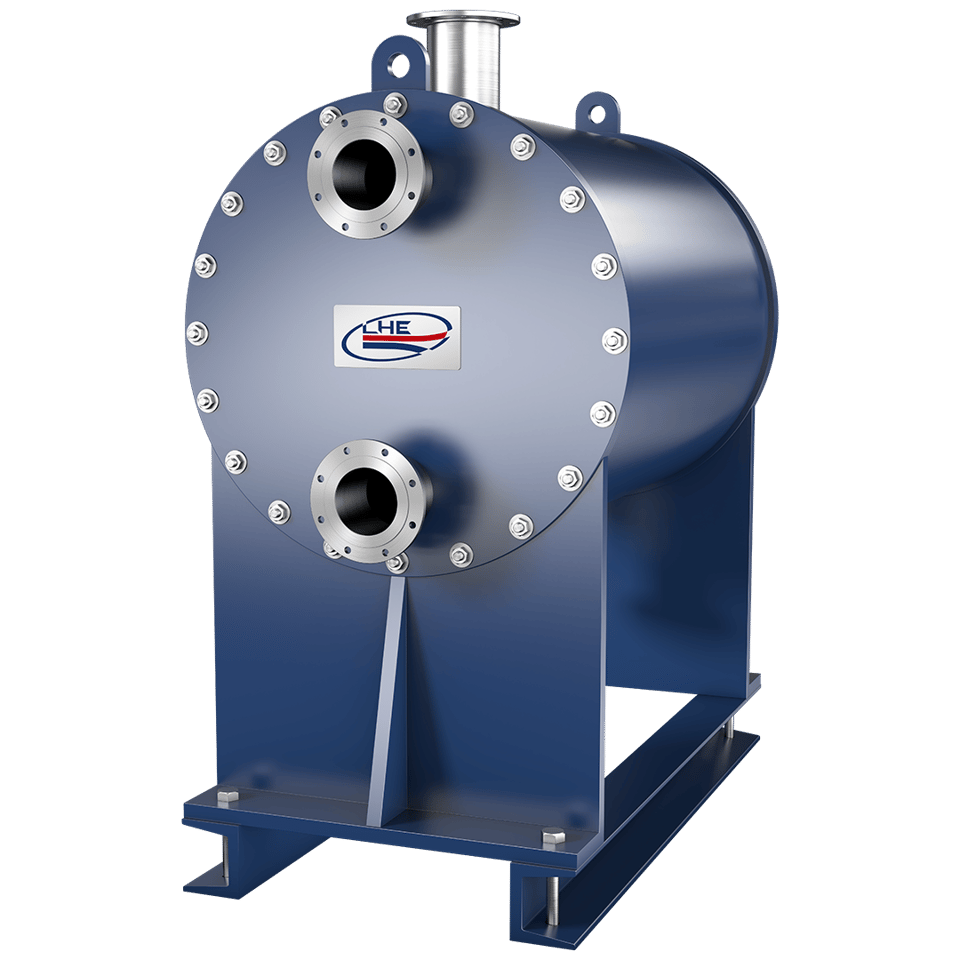
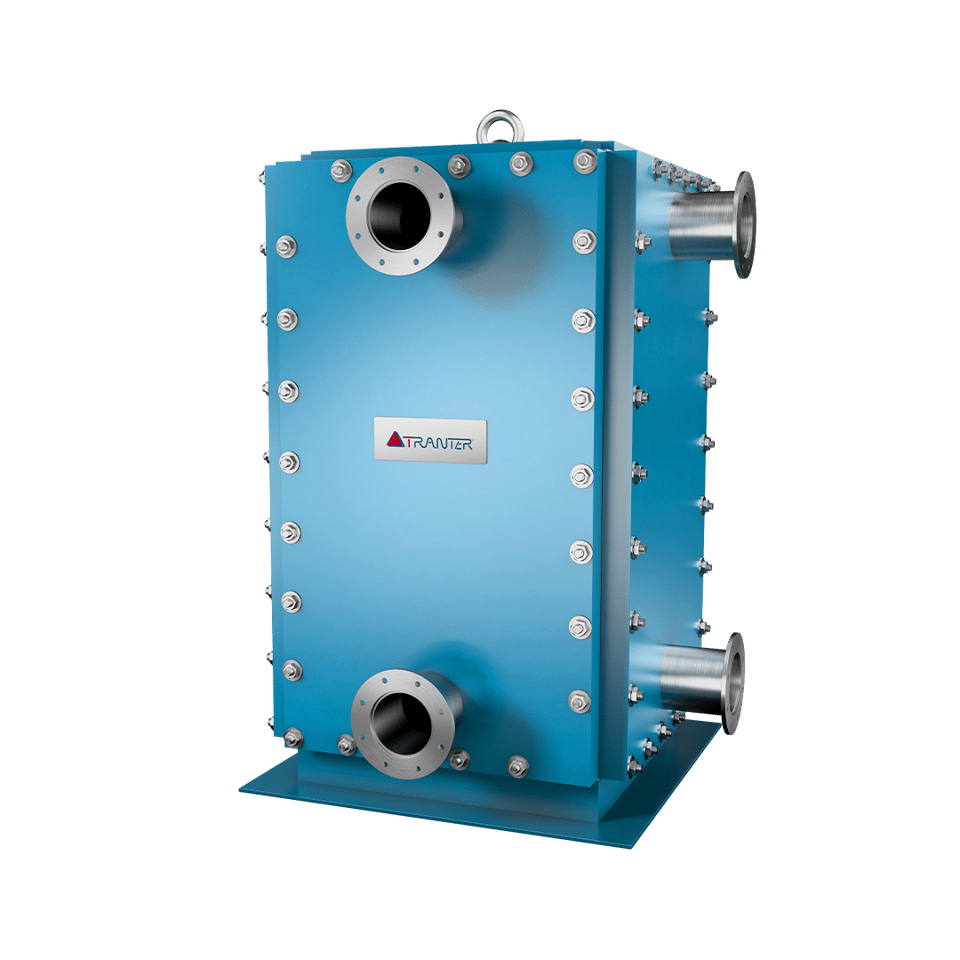
INNOVATION AND PRODUCT DEVELOPMENT

resource center
Energy, heating and cooling Sustainability
The digitalization mega trend has resulted in exponential growth of data centers. Let’s take a look at how Tranter’s plate and frame heat exchangers can be used to make the datacenters more sustainable.

Energy, Process industries Sustainability
Tranter’s heat exchangers have various applications across many different markets. Let’s take a look at how plate and frame heat exchangers can be used in CO2 capture applications to improve the total economy of the plant.
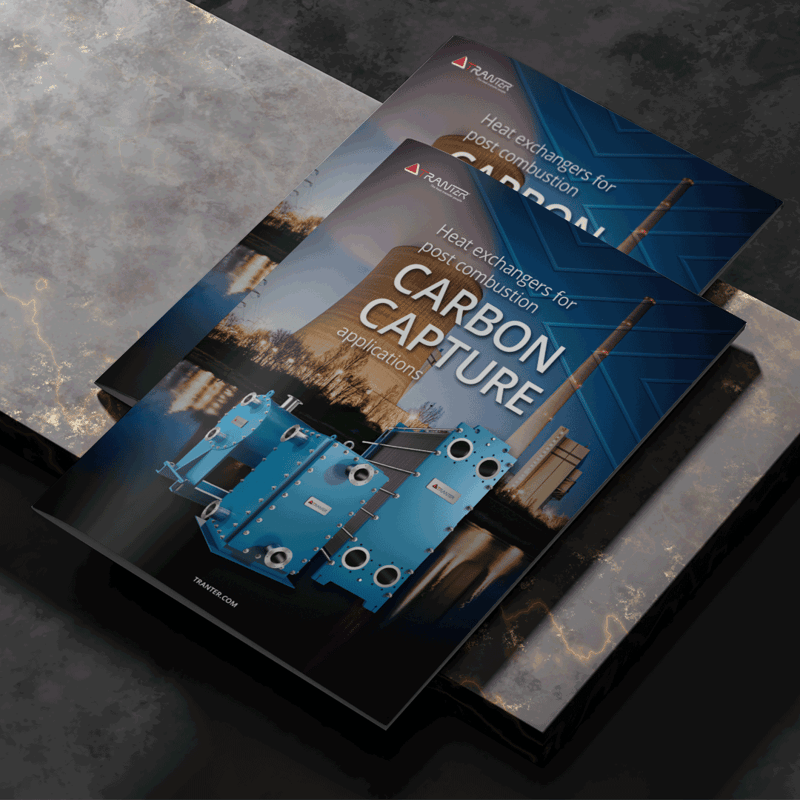
Energy, Process industries
Tranter’s compact plate heat exchangers are used in various energy intense industrial applications. Let’s take a look at how plate heat exchangers can be used in the production of green hydrogen and in the hydrogen value chain.
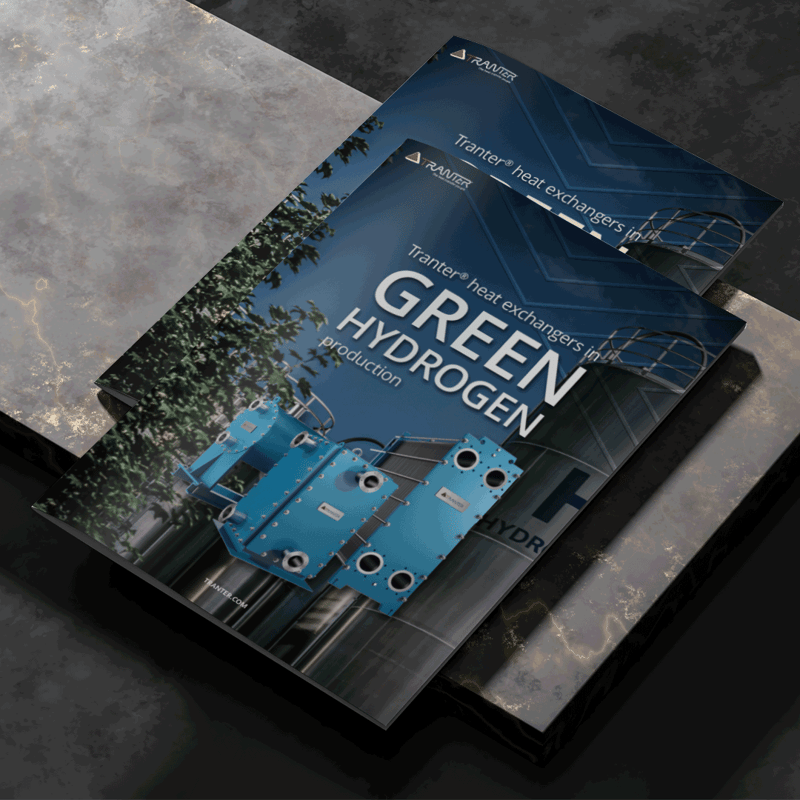
Are you considering acquiring heat exchangers?
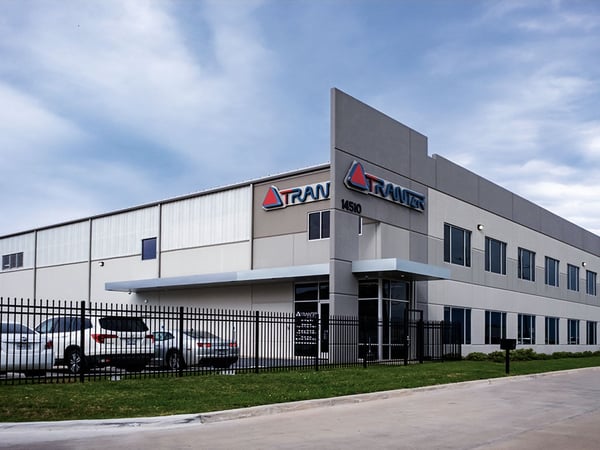
We specialize in gasketed plate & frame, shell and plate and Novusbloc heat exchangers designed for various industrial applications.
Our advantages include customizable designs, a global service network, industry expertise, and high-quality materials suited for demanding environments.
Our heat exchangers can handle corrosive fluids and high-pressure systems using materials like titanium, Hastelloy, and stainless steel.
Our products meet certifications including ASME, PED, ISO 9001, and other industry-specific standards ensuring quality and safety compliance.
The life-time of our heat exchangers depends on operating conditions, fluid characteristics and maintenance intervalls.
Lead times for our products in the U.S. vary by model and customization but generally range from a few weeks to several months.
Our primary product lines include SUPERCHANGER® Gasketed Plate and Frame Heat Exchangers, NOVUSBLOC® Welded Plate Heat Exchangers and SUPERMAX® Shell and Plate heat exchangers
Yes, we pride ourselves on providing customized heat exchanger solutions, collaborating with customers to meet specific process needs and unique application requirements.
We have advanced methods and software for sizing and selecting heat exchangers to optimize performance for specific applications. Limited versions are available for our long terms distributors and partners.
For high-pressure or high-temperature applications, our offers are: shell & plate ( SUPERMAX®) or welded plate heat exchanger (NovusBloc®). They are both designed to withstand extreme conditions beyond gasketed plate & frame heat exchanger's limitations.
We are proud of being able to deliver heat exchangers anywhere in the world, with almost any standard or certification required across all industries including - but not limited to - ASME and PED certification.
Our Gasketed plate & frame heat exchangers can handle design pressures up to 435 psig or 30 barg and our welded plate heat exchangers can handle design pressures up to 1450 psig or 100 barg depending on the model. They feature wide temperature and pressure ratings with good performance handling harsh fluids and refrigerants.
For HVAC applications, Tranter's GT models (Thermofit) are specially designed for close-temperature-approach for optimized energy efficiency in District Heating and Cooling applications with LMTDs as low as 1 degree Kelvin.
Our gasketed plate heat exchangers bring efficiency and reliability to district heating and cooling systems, capable of managing small LMTD and high NTU duties. GX series are specially designed for applications with un-balanced flow rates between the hot and cold side, common in HVAC.
Tranter's plate designs, including the Thermofit patterns, create high turbulence, significantly enhancing heat transfer rates while minimizing unessicary pressure drops. This also helps reduce fouling.